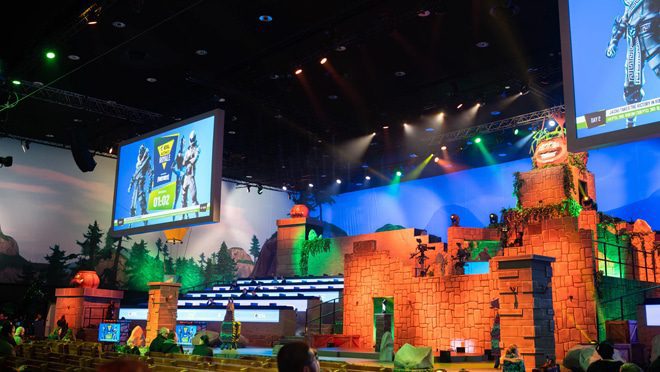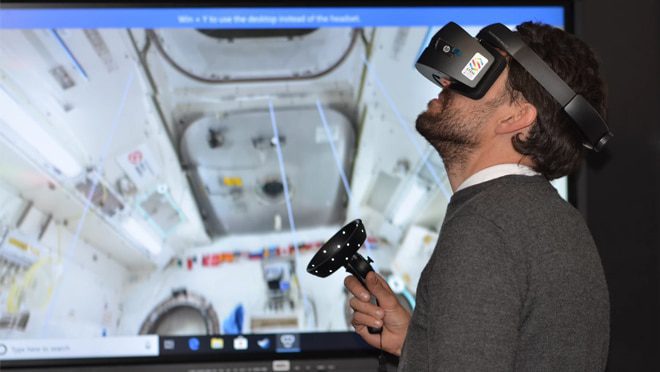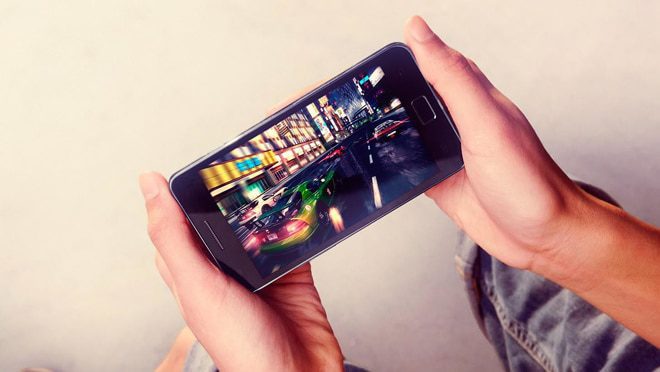In Dota 2, one-tenth of a second delay could make or break the game for eSports teams. That’s the reason why the South Korean eSports team MVP.Hot6ix flew to Singapore — just to tap on faster internet speeds. In South Korea, the latency time was 0.16 seconds, while it was 0.06 seconds in Singapore. The Korean team felt this was enough to give Singapore-based teams an advantage.
Latency and speed are the biggest problems in the online gaming and eSports industry. The fifth-generation (5G) technology will solve these issues for everyone.
5G technology is set to roll out worldwide in 2020. It is predicted to provide ultra-fast internet connections with very low latency — around less than a millisecond.
Table of Contents
Gaming is at the forefront of 5G-based innovations.
Gaming and eSports are the fastest growing sports in the world. However, continuous improvements in technology are the most critical component to the success of the gaming and eSports industry. The recent 5G demonstration shows that this new technology will take eSports to new heights.


5G and edge cloud computing are proven to offer low-latency connectivity, which is helpful to deliver the gaming experience demanded by the avid gamer.
5G will lead to the growth of AR and VR gaming.
A new Intel and Ovum report estimate that 5G-powered augmented reality (AR) and virtual reality (VR) gaming will reach a tipping point. The report suggests that by 2028, gaming will account for 90 percent of 5G AR data.


Experts say that 5G will turn mobile cloud computing into a reality, as cloud-based servers will handle heavy graphics and artificial intelligence (AI) lifting for powerful mobile devices. By 2028, 5G mobile games revenue could be $100 billion per year.
Benefits of 5G for eSports
5G will bring lots of opportunities in the eSports industry. It will offer higher resolution VR games to the masses because of its elimination of lag/latency problems. Its lightning-fast internet connectivity is also a definite plus — imagine downloading multiple games in a few seconds.
Since 5G networks won’t require wires, it will be possible to participate in any tournament from your backyard using your VR handset and have a chance to win the prize pot.
In fact, 5G has been tested for eSport in many parts of the world. Last year, Finnish eSports veteran, Joona “natu” Leppänen, became the first eSports professional to master gameplay over a live 5G connection. The game was conducted by Telia and Nokia over a test 5G network at Nokia Campus 5G Innovation lab in Finland, and it was the first to use 5G for eSports. At the same time, people will preferably look for online betting – and bet365 cricket betting can help future gamers.
Gaming-focused phones
As 5G rolls out in the near future, consumers will have another major shift in the mobile gaming world – game-focused smartphones. The Razer phone manufactured by a gaming company demonstrates the potential of mobile gaming hardware. This gaming phone sports a smooth 120Hz display, front-firing stereo speakers, the latest Qualcomm processor, and laptop-like RAM.


Final words
Gamers are excited about what 5G has to offer. The eSports industry will especially benefit from the low to zero latency offered by 5G technology, as their games are dependent on internet connectivity. That fact – dependence on internet connectivity – will also benefit from 5G’s high speeds, which will result in fast download speeds and lag-free gaming.
The two markets – the gaming industry moving toward a streaming-based, games-as-a-service model and companies making gaming-focused phones will coexist perfectly in the 5G environment to deliver a rich gaming experience.




